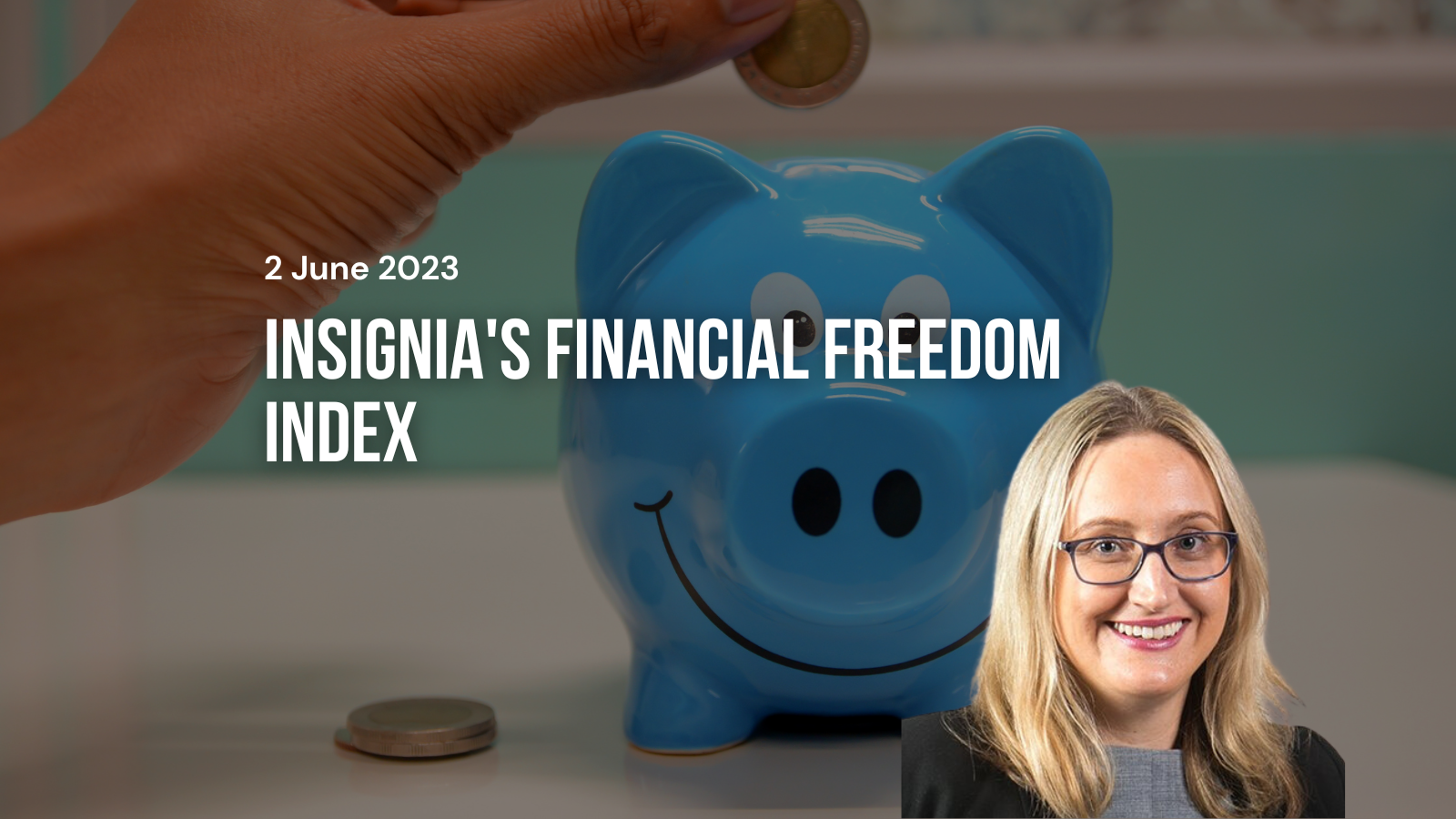

By Rachel Waterhouse, CEO, Australian Shareholders’ Association
2 June 2023
Some Australians are prioritising the dream life over the dream home…
… but it’s not who you’d imagine…
The aspirations of modern Australians appear to be shifting, with financial independence now surpassing home ownership as the most common goal.
Insignia Financial’s Financial Freedom Report delves into the aspirations of Australians across generations, genders, and demographics.
Respondents ranked “financial independence” as the highest priority (55%), followed by “taking regular holidays” (50%), “owning a home” (45%), “having a good work/life balance” (45%), and “having a trusted group of family and friends” (44%).
Broken down into the different generations, the Baby Boomers and Generation X appear to be seeking financial independence, the builders have decided to enjoy their retirement and see the world, and Generation Y wants to get work/life balance.
But, despite endless media speculation about young people staying home forever and property being unaffordable, the top priority of Generation Z (63%) is to own a home.
The report suggests that the impacts of COVID-19 and increased cost of living pressures have influenced Australians’ short-term behaviours, prompting them to adjust household spending and budgeting.
The Financial Freedom Index: a measure of progress
To gauge Australians’ progress towards financial independence, the inaugural Financial Freedom Index (FFI) was created as part of the report.
Evaluating the behaviours and attitudes of Australians to determine their collective level of financial freedom and ability to achieve their dreams, FFI ranked us at 49 out of 100. This suggests that the desire is there, but there is still room for improvement.
Of FFI’s three components, Australians scored the highest in Attitude (59), followed by Behaviour (48), and Foundation (40). This shows a need to improve foundational experiences, such as financial literacy, to equip people to achieve the financial freedom they seek.
At 55 and 52, respectively, Gen Y (28-42-year-olds) and Gen Z (13–27-year-olds) received the highest FFI scores, while Gen X (43-57-year-olds; scored 47), the Builders (77+-year-olds; 45), and the Baby Boomers (58-76 -year-olds; 44) lagged behind. This appears largely to be due to a more positive attitude towards achieving goals within the younger generations.
Positivity only goes so far
There still seems to be a gap between where we want to be and where we actually are.
Only 22% of us are extremely/very satisfied with our financial situation, while more than half (55%) are only somewhat/slightly satisfied with the state of their finances. So, people are doing something about it – 62% are budgeting more and 30% are saving more.
Financial literacy is the missing piece
The Financial Freedom Report highlights a significant gap in financial literacy education, with one-third of Australians reporting receiving no financial education during their childhood, and only a third receiving a fair amount.
Respondents are keen to address this: 63% are dedicating more time to increasing their financial knowledge, 58% want to manage their money better, and 21% are looking for sources to improve their understanding.
Broken down on gender lines, it appears that females received less financial education than males during childhood but exhibit higher levels of motivation (55%) to achieve their dreams than men (44%).
Investing in shares
While the report did not look in detail at different types of investment, it is well known that share ownership can support an individual’s goals, helping to deliver the dream life, financial independence, or home ownership they may seek.
To this end, it found that men are more likely than women to seek to improve their financial situation through investing in shares (males: 25%, females: 16%).
What can be done?
The report’s focus on the need to improve financial literacy is a message that ASA has been amplifying for many years. Investing in shares and understanding the market provides investors with greater financial security and more opportunity in later years. The report found that the younger generations are more driven to improve their financial literacy (around a third of respondents from each group), so how can we help them?
• We need to get financial literacy education into schools. Talking about finances should not be a taboo subject.
• Children should be learning from an early age about being prudent with money and how to gain financial independence.
• There’s a lot of value in current government-funded programs, such as the MoneySmart website, which was created by ASIC to help Australians improve their personal finances. Such programs need to be promoted more and made more user-friendly
• The ASA itself has a significant focus on investor education. ASA provides opportunities to improve your financial literacy through articles, podcasts, events, and member meetings, connecting members with other investors, and helping to improve overall knowledge and understanding of investment.
• ASA also runs wInvest – a free financial literacy program aimed at empowering women to start their investment journey and improve their financial future.
Financial literacy is essential to the future of all Australians. As this report shows, we still have a long way to go.





